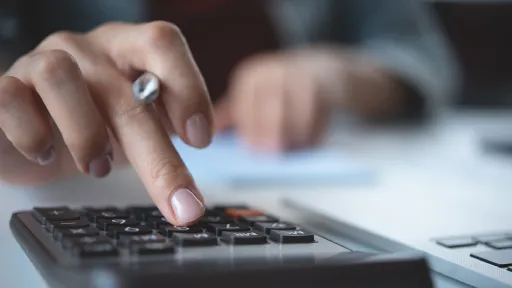Understanding your company’s financial health is crucial in today’s fast-paced market, and a balance sheet explained clearly is your key to unlocking that insight. Whether you are a small business owner, an investor, or a finance student, knowing what a balance sheet entails can significantly enhance your financial literacy and decision-making prowess.
What Is a Balance Sheet Explained?
A balance sheet is a fundamental financial statement that provides a snapshot of a company’s financial position at a specific point in time. Essentially, it details what the company owns (assets), what it owes (liabilities), and the owner’s equity. The iconic equation behind this statement is:
Assets = Liabilities + Equity
This equation ensures the balance sheet is balanced, indicating that all resources are financed either through debt or owner’s funds.
Key Components of a Balance Sheet Explained
To grasp the balance sheet explained fully, let’s break down its core components:
- Assets: Resources owned by the company that are expected to provide future economic benefits. They are usually categorized as current assets and non-current assets.
- Current Assets: Cash, accounts receivable, inventory – assets expected to be converted into cash within one year.
- Non-Current Assets: Property, equipment, intangible assets – assets with a life span beyond one year.
- Liabilities: Obligations the company must pay in the future, divided into current and long-term liabilities.
- Current Liabilities: Accounts payable, short-term loans – debts due within one year.
- Long-Term Liabilities: Mortgage, bonds payable – debts extending beyond one year.
- Equity: The residual interest in the assets of the company after deducting liabilities. It represents the ownership value or net worth.
Why Is the Balance Sheet Explained So Important?
The balance sheet explained is not just a regulatory requirement; it holds strategic importance for various stakeholders:
- Investors: Helps analyze the company’s financial stability and ability to meet long-term obligations.
- Lenders: Assists in assessing creditworthiness and risk before issuing loans.
- Management: Enables informed decisions on resource allocation and operational strategies.
- Regulators: Ensures transparency and compliance with accounting standards.
The Role of Assets and Liabilities in the Balance Sheet Explained
The balance sheet’s core offers insight into a company’s financial strategy by comparing assets to liabilities. For example, a higher proportion of non-current assets financed by equity might indicate long-term stability, whereas excessive current liabilities could signal liquidity issues.
How to Read a Balance Sheet Explained
Reading a balance sheet starts by examining the components and their relationships:
- Step 1: Review Assets – Look at the size and composition of current versus non-current assets.
- Step 2: Analyze Liabilities – Identify how much debt is short-term and long-term and their impact on cash flow.
- Step 3: Assess Equity – Determine the retained earnings and contributed capital showing company value.
- Step 4: Consider the Overall Equation – Ensure assets equal the sum of liabilities and equity.
Understanding these steps can empower anyone to evaluate a company’s solvency, liquidity, and operational efficiency effectively.
Common Formats of a Balance Sheet Explained
Balance sheets typically follow two formats:
- Report Format: Lists assets, then liabilities, and finally equity vertically.
- Account Format: Displays assets on the left side and liabilities plus equity on the right, mimicking a T-account format.
Both formats present the same data but cater to different preferences and ease of analysis.
Limitations and Considerations in a Balance Sheet Explained
While the balance sheet is powerful, it comes with some limitations:
- Snapshot in Time: The balance sheet shows only a single moment, not trends.
- Historical Cost: Many assets are recorded at historical cost, not current market value.
- Non-Financial Factors: Intangible factors like brand value or employee skill aren’t fully captured.
Therefore, it’s crucial to use the balance sheet explained alongside other financial statements like the income statement and cash flow statement for comprehensive analysis.
Final Thoughts: The Balance Sheet Explained for Better Financial Understanding
In summary, the balance sheet explained is an indispensable part of financial literacy that empowers stakeholders to make informed and confident decisions. By mastering the balance sheet, individuals and businesses can unlock deeper insights into financial health and sustainability in today’s competitive financial landscape.


